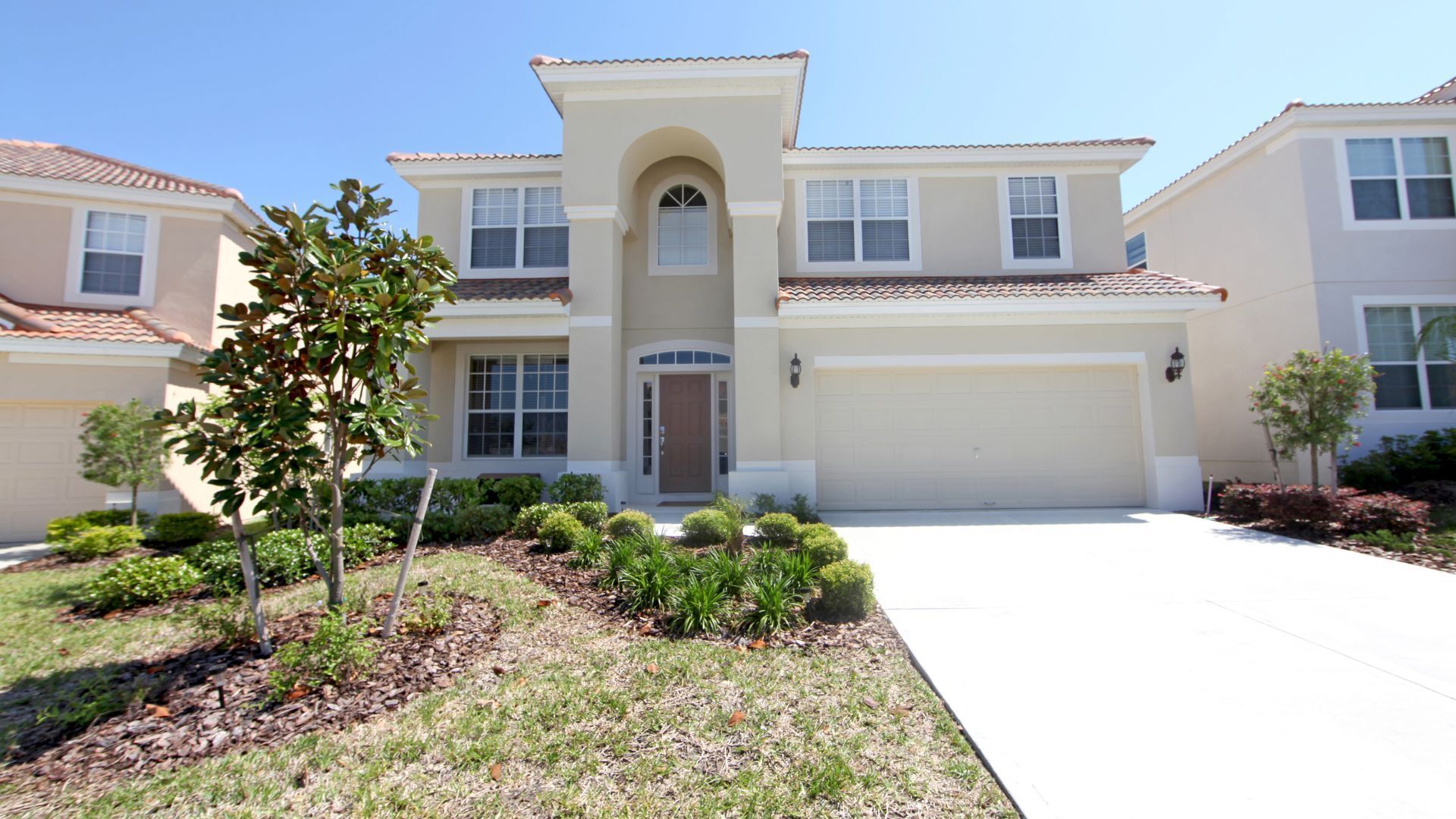Why 28% of mortgage applicants never close the loan Capacity issues, price-shopping among the top reasons would-be borrowers don’t close with the initial lender
Why 28% of mortgage applicants never close the loan
Capacity issues, price-shopping among the top reasons would-be borrowers don’t close with the initial lender
Lonnie Glessner isn’t normally one to turn down business. But with origination volume expected to exceed $3.4 trillion this year, stretching the capacity limits of lenders and everyone else in the housing ecosystem, some mortgage applicants simply haven’t been worth his while.
“I have a refinance client in California and they own a geodesic dome home,” said Glessner, a senior loan officer at Draper & Kramer Mortgage in Englewood, Colorado. “They are nearly impossible to finance, thus not worth my team’s time currently. We can’t be chasing rabbits all over the park right now. My team of LOAs, processors, assistant processors, underwriters and closers are still overwhelmed with business…I need to keep it easier for them.”
The geo-dome owner was among the tens of thousands of mortgage applicants that didn’t end up getting funded during the third quarter. According to the most recent Mortgage Bankers Association report on profits, 72% of mortgage applications in the third quarter were funded by independent mortgage banks, known as the pull-through rate.
Historical data from the MBA shows a huge variance in pull-through rates. In the fourth quarter of 2019, the rate checked in at 78%. Its low point over the last five years was 67%, in the first quarter of 2020. For the most part, the pull-through rate has hovered in the low 70s over the last five years.
Over the past week, HousingWire reached out to loan officers and mortgage executives across America to drill down specifics on which prospective borrowers weren’t making it to the finish line. After all, the average borrower’s FICO score today is at its highest level in recent history at over 750, mortgage rates are often below 3% for borrowers with strong fundamentals, and people are desperate to buy a new home or save money through a refi.
Start Your Loan
with DDA todayYour local Mortgage Broker
Mortgage Broker Largo See our Reviews
Looking for more details? Listen to our extended podcast!
Check out our other helpful videos to learn more about credit and residential mortgages.





